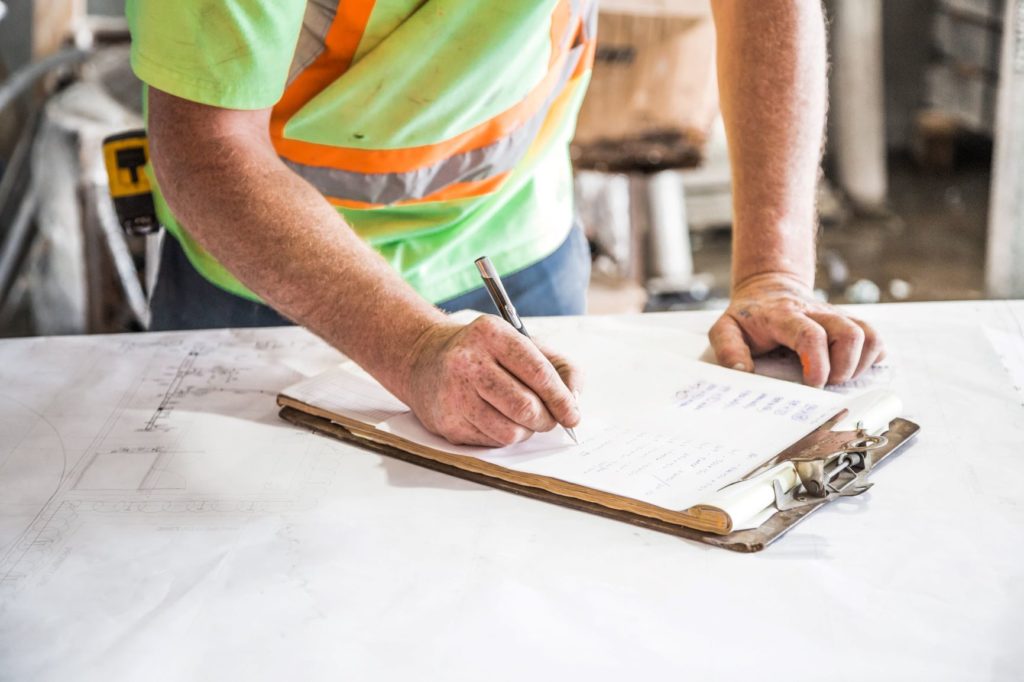This is the first of a series of articles on safety culture and climate in the workplace. I begin at the top with company leaders!
Years ago, I observed a four-year-old boy using extremely vulgar language! The parents reacted with an extremely shocked look, saying, “Oh my God! I have no idea where he picked that up from!” I had no doubt where he learned those words. That young boy was like a parrot, repeating what was spoken at home. He was reflecting the real language spoken at home.
Likewise, whenever I enter a jobsite and observe the workers performing their duties, I see a reflection of their supervisors! If they are organized, efficient, productive, and safe, I already know that the supervisor is exactly that way. If the workers cut corners, are careless, messy, and disorganized, I will assume they also reflect their supervisor. I’m rarely wrong.
The workforce will always reflect leadership. It doesn’t matter what the leaders say, employees are observing what they do! Actions speak louder than words. Besides, nobody likes a hypocrite. Therefore, if a company leader constantly reminds others to be safe but does not himself follow the rules, the employees will notice and often follow suit.
Management’s commitment to keeping employees safe is demonstrated through their speech and deeds. If leaders don’t set a good example, creating and maintaining a positive safety climate is impossible. Most companies will say, “safety is #1!” In fact, when you look at most of their websites, they often claim it is a core principle for the company. The fact is that although many companies sing the song, they don’t reflect it in their dance. Employees know that difference and will only take to heart the safety message if management and leadership are practicing it themselves.
Now, let’s add another layer to this discussion. Often, many immigrants in this country view themselves as outsiders. Many believe that the United States community considers them to be a secondary, less important group. They appreciate that a company has a strong safety culture with a lot of training. However, they believe that all that effort is reserved for the “American citizen,” not the immigrant. They hear the message, but somehow think it isn’t for them. For this reason, at the end of this series on safety culture, I will add an additional segment on immigrant culture, beliefs, and its effect on safety culture.
This last segment is important; a company might be doing everything right and still have a problem if they fail to recognize and treat a problem with their immigrant employees. Part 2 will discuss ways for management and leaders to set a good example.

